Toppers’ Strategy to Crack UPSC Prelims in First Attempt
UPSC strategies and study plans proven by first-attempt toppers
Cracking the UPSC Civil Services Preliminary Examination on the first attempt is an ambitious goal. It's one of the most sought-after exams in India and is often dubbed the "mother of all exams" for good reason. Lakhs of aspirants appear every year, but only a select few make it past the prelims stage — and an even fewer do so on their very first try.
So, what makes first-attempt success stories stand out?
Let’s break it down into practical, easy-to-follow strategies that UPSC toppers swear by. This blog is not about overnight miracles but about tried-and-tested methods, planning, mindset, and smart work that will help you ace the prelims.
Understanding the Exam: UPSC Prelims Structure
Before you begin preparation, it's crucial to understand what you're preparing for.
UPSC Prelims is an elimination round.
It's designed to reduce the number of serious candidates. That means your preparation needs to be highly efficient, targeted, and smart.
Exam Pattern:
Paper | Subject | Marks | Questions | Duration | Qualifying Nature |
| Paper I | General Studies (GS) | 200 | 100 | 2 hours | Marks counted for merit |
| Paper II | CSAT | 200 | 80 | 2 hours | Only qualifying (33%) |
Note: Negative marking of 1/3rd per wrong answer applies.
1. Toppers Start Early – At Least 10–12 Months Before
UPSC is not an exam you crack in three months. Most toppers start one year before the prelims date. Early preparation helps in:
- Understanding the exam pattern and syllabus
- Reading and re-reading the basics
- Building a disciplined routine
- Managing stress through familiarity
2. Deep Dive Into the Syllabus
Toppers keep the UPSC syllabus printed and pasted near their study table. Every topic in the syllabus has the potential to be a question in prelims.
Syllabus Highlights for Prelims (GS Paper 1):
- Current events of national and international importance
- History of India and Indian National Movement
- Indian and World Geography – Physical, Social, Economic
- Indian Polity and Governance
- Economic and Social Development
- Environment and Ecology
- General Science
3. Focus on Limited and Reliable Resources
Reading too many sources leads to confusion and incomplete revisions. Toppers recommend the “Minimum Sources, Maximum Revision” strategy.
Toppers’ Booklist for Prelims:
Subject | Standard Book(s) |
| History | NCERTs + Spectrum Modern History |
| Geography | NCERTs + GC Leong + Atlas |
| Polity | Laxmikanth |
| Economy | NCERTs + Budget & Economic Survey + Sriram IAS Notes |
| Environment | Shankar IAS Environment Book |
| Science & Tech | NCERTs (Class 6–10) + Current Affairs |
| Current Affairs | Newspaper (The Hindu/Indian Express) + Monthly Magazines (Vision, Insights, etc.) |
Always make short notes after reading to aid revision.
4. Smart Time Management & Study Schedule
Toppers don’t necessarily study 15 hours a day. They study smart.
Sample Study Timetable:
Time | Activity |
| 6:30 – 8:00 AM | Newspaper reading & current affairs notes |
| 8:30 – 11:30 AM | Static subject (Polity, History, etc.) |
| 12:30 – 2:00 PM | Revision of morning topics |
| 3:00 – 5:00 PM | Practice MCQs & CSAT |
| 6:00 – 7:00 PM | Reading government schemes, reports, Yojana, etc. |
| 8:00 – 9:00 PM | Analyze test papers or write short answers |
Stick to a routine. Flexibility is fine, but discipline matters more.
5. The Power of Repeated Revisions
Toppers revise core subjects at least 4–5 times before prelims.
How to Revise Efficiently:
- Make 1–2 page revision notes per subject
- Use sticky notes, highlighters, and color codes
- Weekly revision of whatever you studied during the week
- Monthly subject-wise consolidation
6. Practicing Previous Year Questions (PYQs)
Past papers are gold. They help you:
- Understand question patterns
- Learn the art of elimination
- Judge difficulty level
- Focus on recurring topics
Toppers practice 10 years’ worth of PYQs multiple times.
Use books like Vision IAS PYQ compilation or Insights Prelims PYQ digest.
7. CSAT – The Silent Eliminator
Many aspirants fail prelims just because they ignore CSAT.
CSAT Preparation Tips from Toppers:
- Practice comprehension daily
- Learn basic math shortcuts (percentages, averages, ratios)
- Focus on logical reasoning
- Practice from Arihant CSAT book or TMH Manual
- Solve past year CSAT papers regularly
8. Solving Mock Tests is a Must
Toppers solve 30–40 mock tests before appearing for the real exam.
Why Mocks are Crucial:
- Builds stamina for 2-hour exams
- Improves time management
- Sharpens MCQ-solving skills
- Boosts confidence
- Helps identify weak areas
Join a reliable test series like Vision IAS, ForumIAS, Insights on India, or Rau’s.
9. Learn the Art of Elimination
Most questions in Prelims are not directly factual. Toppers use intelligent elimination techniques.
How Toppers Eliminate Options:
- Strike out absolute terms like “only,” “never,” or “always”
- Eliminate out-of-context options
- Use common sense + logic
- Eliminate 2 wrong options and make a calculated guess (if needed)
- Avoid random guessing
10. Master Current Affairs Smartly
Current affairs cover every part of GS Paper 1. Toppers focus on issue-based understanding over daily event memorization.
How Toppers Handle Current Affairs:
- Read The Hindu or Indian Express daily (1–1.5 hours)
- Maintain handwritten/current-affairs digital notes
- Read monthly compilations from one source only (Vision, Insights, or IAS Baba)
- Follow PIB releases, Yojana, Kurukshetra, and government schemes
- Watch explainer videos for budget, economic survey, and reports
11. Mental Health and Breaks Matter
Burnout is real. UPSC is a long process — and only those who balance preparation and relaxation sustain it.
Toppers’ Wellness Tips:
- Take a break every few hours (Pomodoro method works)
- Stay away from negative discussions or overthinking
- Practice yoga, meditation, or light exercise daily
- Maintain a positive mindset through journaling or music
12. Build Your Own Notes
Toppers don’t rely solely on coaching handouts or borrowed notes.
Good Notes Have:
- Bullet points
- Diagrams and flowcharts
- Fact boxes and examples
- Crisp explanations (150–200 words)
You revise better when you’ve written the material yourself.
13. Analyze, Adapt, Improve
Toppers constantly evaluate their progress.
- Analyze every test performance
- Keep a mistake log
- Revisit weak areas weekly
- Don’t imitate others blindly — adjust based on your strengths
Common Mistakes That Toppers Avoid:
- Skipping CSAT: Treat it with equal seriousness
- No revision: Reading without revising is a waste
- Reading too many books: Stick to standard ones
- Avoiding mock tests: Fear of scoring low wastes your attempt
- Over-relying on coaching: Self-study matters more
Inspirational Success Story: IAS Tina Dabi (AIR 1, 2015)
Tina Dabi cracked UPSC in her first attempt at the age of 22. Her key strategies:
- Studied NCERTs thoroughly
- Made handwritten short notes
- Solved 50+ mocks
- Focused on quality, not quantity
- Used a planner to track weekly targets
You don’t need to follow her exact plan — but consistency and smart work matter most.
FAQs
1. Can I clear UPSC Prelims in the first attempt without coaching?
Yes. Many toppers have done it. With online resources, good books, mock tests, and a proper timetable, self-study can be more than enough.
2. What is the ideal number of hours to study daily for UPSC?
Around 6–8 productive hours daily is sufficient. Some may need more, some less — depending on prior knowledge and speed.
3. How many mock tests should I solve before Prelims?
Toppers recommend at least 30–35 full-length tests, along with topic-wise tests and CSAT papers.
4. Is it necessary to make notes for all subjects?
Not necessarily. Make notes only for topics you find difficult to remember or revise. Use short notes for last-month revision.
5. Can working professionals clear UPSC in the first attempt?
Absolutely. With smart planning, weekend-focused study, and efficient use of time, many working aspirants have cleared UPSC Prelims in their first go.
Final Thoughts
Success in UPSC Prelims doesn’t come from reading more. It comes from reading smart, revising more, practicing questions, and staying mentally strong.
There is no one-size-fits-all approach. But these topper-backed strategies have helped thousands clear prelims with confidence — and they can help you too.
If you're preparing seriously for UPSC and want access to curated resources, mock test insights, current affairs notes, and topper strategies all in one place — visit Skoodos Bridge.
It’s not just another exam platform — it's your bridge to clarity, direction, and civil services success.
Categories
Archives
- August 20251
- July 202524
- June 202524
- May 202526
- April 202530
- March 202523
- February 202513
- January 202523
- December 202429
- November 20246
- September 20245
- August 202422
- July 202415
- May 20249
- June 202424
Similar Posts

How to Score 650+ in NEET 2025 Without Coaching or Tuition
by Skoodos Bridge

Prepare for Banking Exams Without Quitting Your Full-Time Job
by Skoodos Bridge
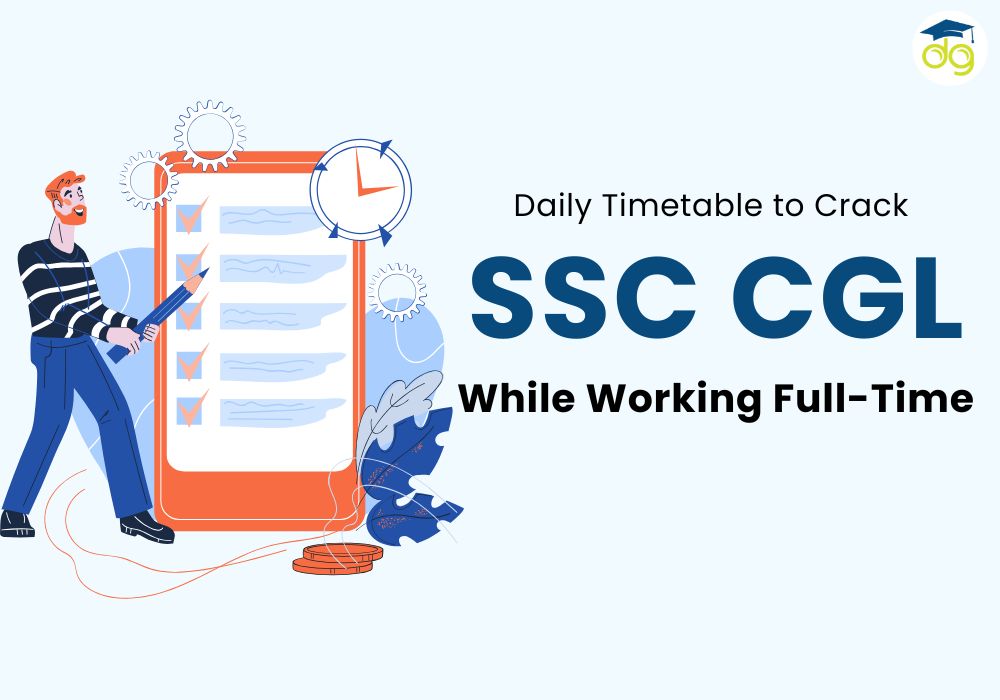
Daily Timetable to Crack SSC CGL While Working Full-Time
by Skoodos Bridge
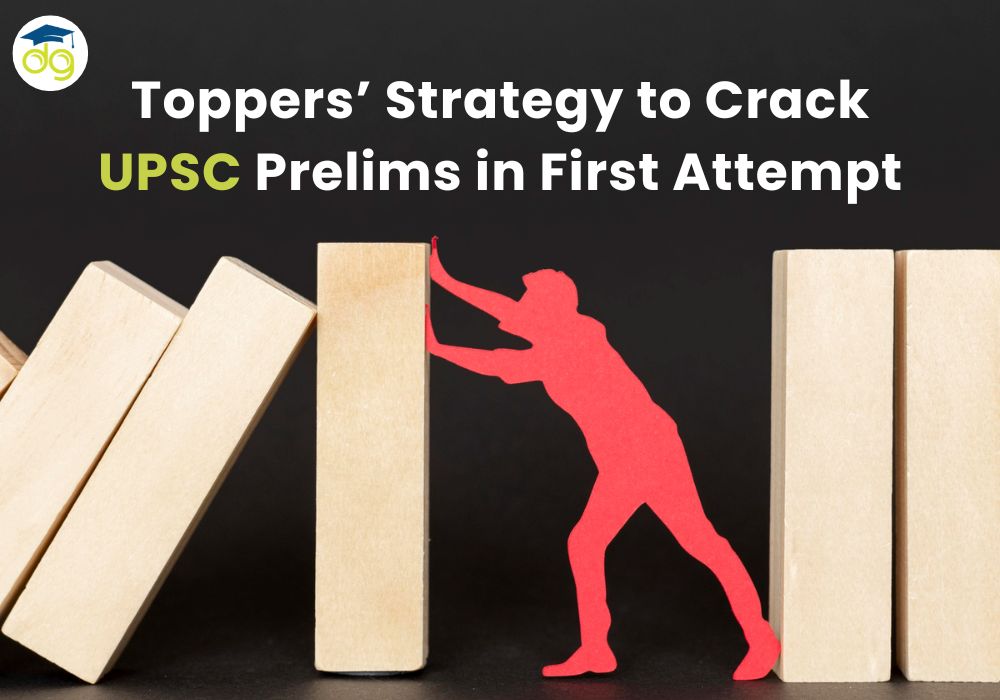
Toppers’ Strategy to Crack UPSC Prelims in First Attempt
by Skoodos Bridge
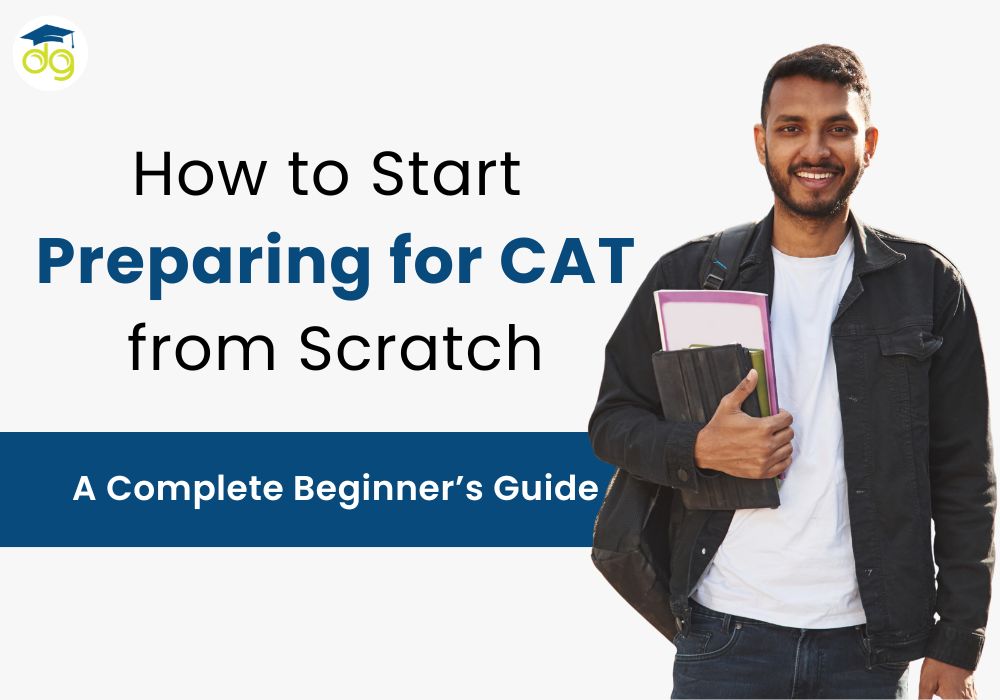
Beginner’s Guide: How to Start Preparing for CAT from Scratch
by Skoodos Bridge
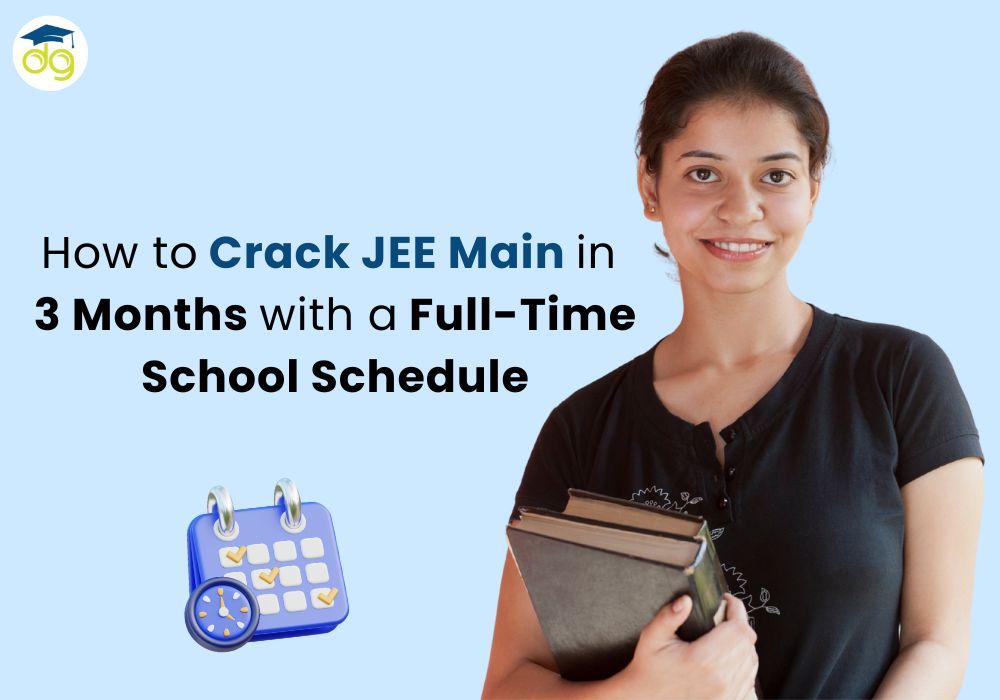
Crack JEE Main in 3 Months While Attending Full-Time School
by Skoodos Bridge

Top 10 CLAT Coaching in Mumbai for the Academic Year 2024-25
by Skoodos Bridge

30-Day IBPS PO Study Plan to Crack the Exam on First Attempt
by Skoodos bridge
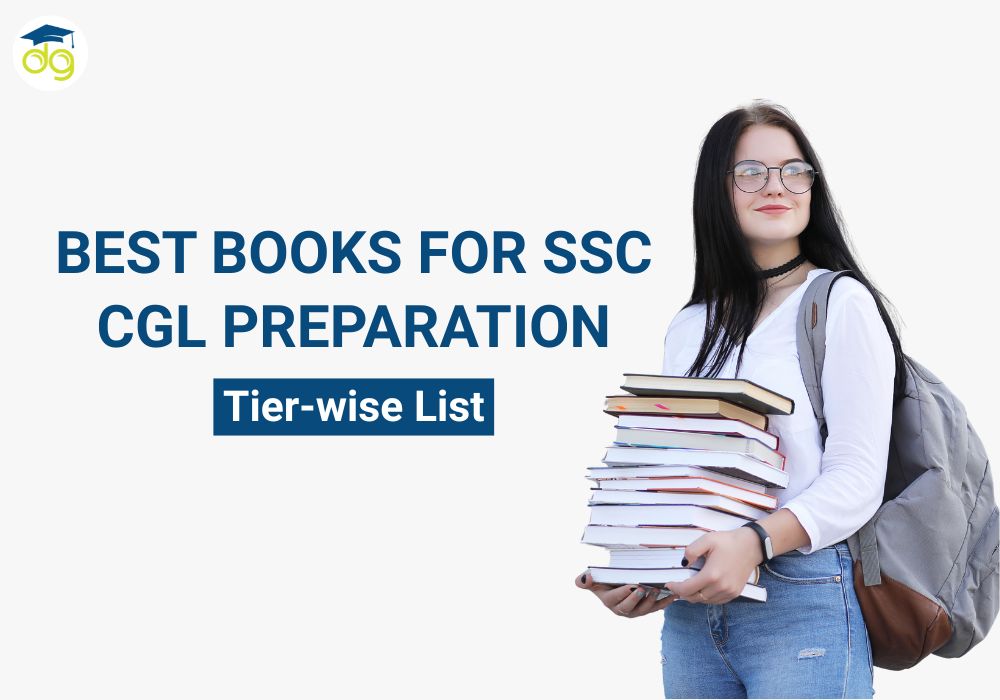
Best Books for SSC CGL Preparation 2025 – Tier-wise Guide
by Skoodos bridge
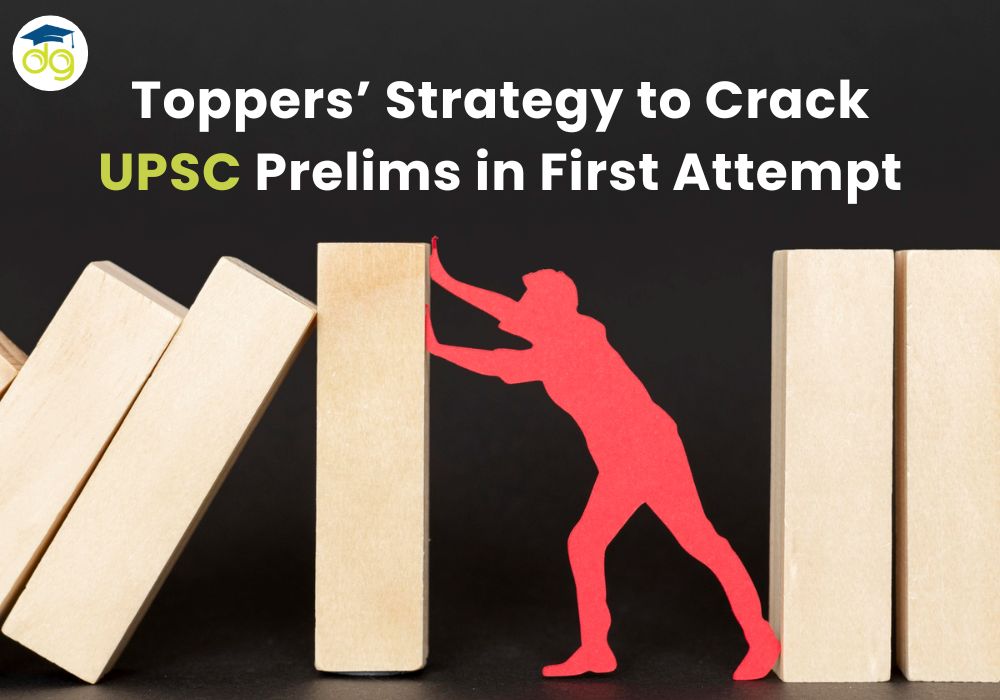

Leave a Comment